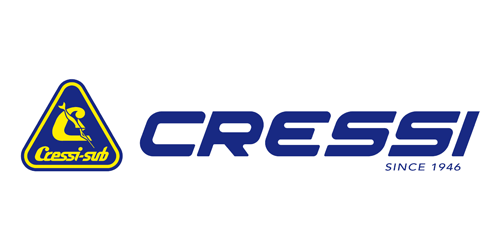SHORTLAND BLUFF DRIFT
Queenscliff, Victoria
Type of dive: Drift
Access: Boat
Minimum qualification: Open Water (Advanced recommended)
Depth: 9-21 metres (30-70’)
Visibility: 5-18 metres (15-60’)
Water temperature: 11°C (52°F) – 22°C (73°F)
Best time to visit: October – May
Snorkelling: No, too deep
The strong tides caused by the Port Phillip Bay entrance provide scuba divers with exhilarating drift dives where a diver can travel over two kilometres (one mile) in just 30 minutes.
Queenscliff is a quaint little tourist town on the Bellarine Peninsula, just over an hour by road from Melbourne, and is the perfect base for accessing the fantastic variety of dives on offer around Port Phillip Heads. Dives can also be accessed from Portsea on the east side of the Bay.
Prior to the 1850s gold rush, Queenscliff was a tiny fishing village and the base of the Port Phillip Sea Pilots. Pilots are still required to navigate ships through the treacherous ‘Rip’; the entrance to Port Phillip Bay.
One side of the town borders on Swan Bay and the other side Shortland Bluff, a headland overlooking Port Phillip Bay and the ‘Rip’.
After the 1850s Victorian gold rush, Queenscliff flourished. The Queenscliff Fort and two lighthouses, one white and one black, were built on the Bluff. These two lighthouses form the main leads for ships entering Port Phillip Bay. The black lighthouse is one of only three black lighthouses in the world.
Queenscliff’s history abounds with stories of Benito’s Treasure. Benito was a notorious pirate, rumoured to have buried his stash in Queenscliff and despite many efforts, the treasure has still not been found.
Shortland Bluff is a sandstone bluff rising some 15 metres (50’) above sea level and beyond the Bluff, the sandstone extends east into the Bay where, over many thousands of years, it has been sculptured by the strong tides prevalent to the Port Phillip Heads.
Tides change direction every six hours and run at speeds of up to 8 knots (15 kph/9 mph). Drift dives can be done on either tide but are best done on the incoming flood tide which brings in clear Bass Strait water.
Shipping traffic must be checked before commencing a drift dive and care must be taken to avoid the Lonsdale Wall, which exceeds 40 metres (130’) when conducting a drift on an ebb tide. Good buoyancy control is absolutely essential.
A typical flood drift begins on low lying, kelp-covered sandstone reef and as Shortland Bluff is passed, huge sandstone yellow zoanthids-covered rock bommies appear rising three to five metres (10-15’) off the bottom. In clear water, the sight of these bommies is spectacular.
Once past the bommies, the terrain to the east changes to a sandy flat bottom covered with beautiful large sponges.
It is not unusual to find antique bottles discarded by fisherman in the 19th Century.
Copyright C 2015 Steve Sinclair.
Other great dive to do while you are there:
Popes Eye, Boarfish Reef, Fog Reef, Lonsdale Wall and Portsea Hole.
Dive services:
www.extremewatersport.com.au
info@extremewatersport.com.au
Phone: (+61) 3 5982 3432
Getting there:
Water temperatures:





















